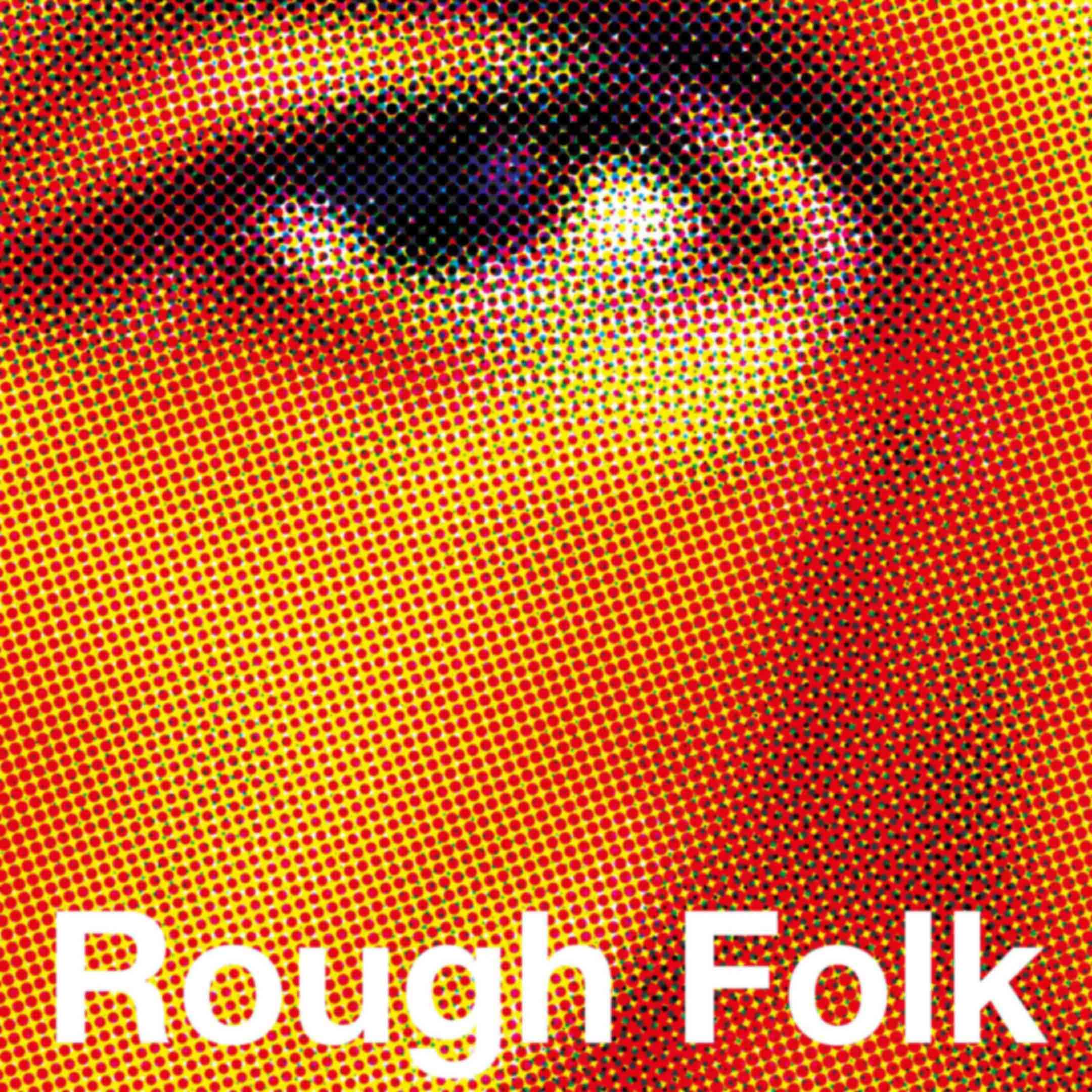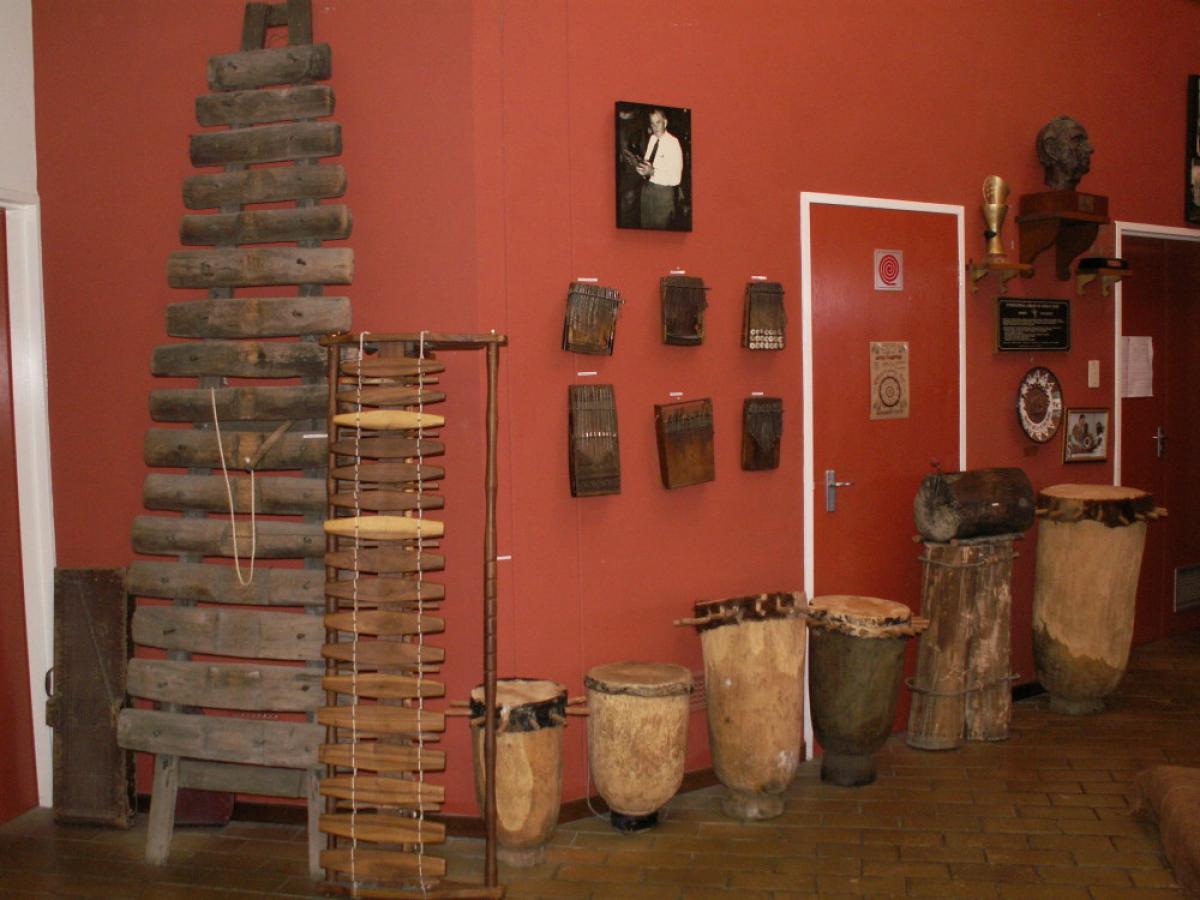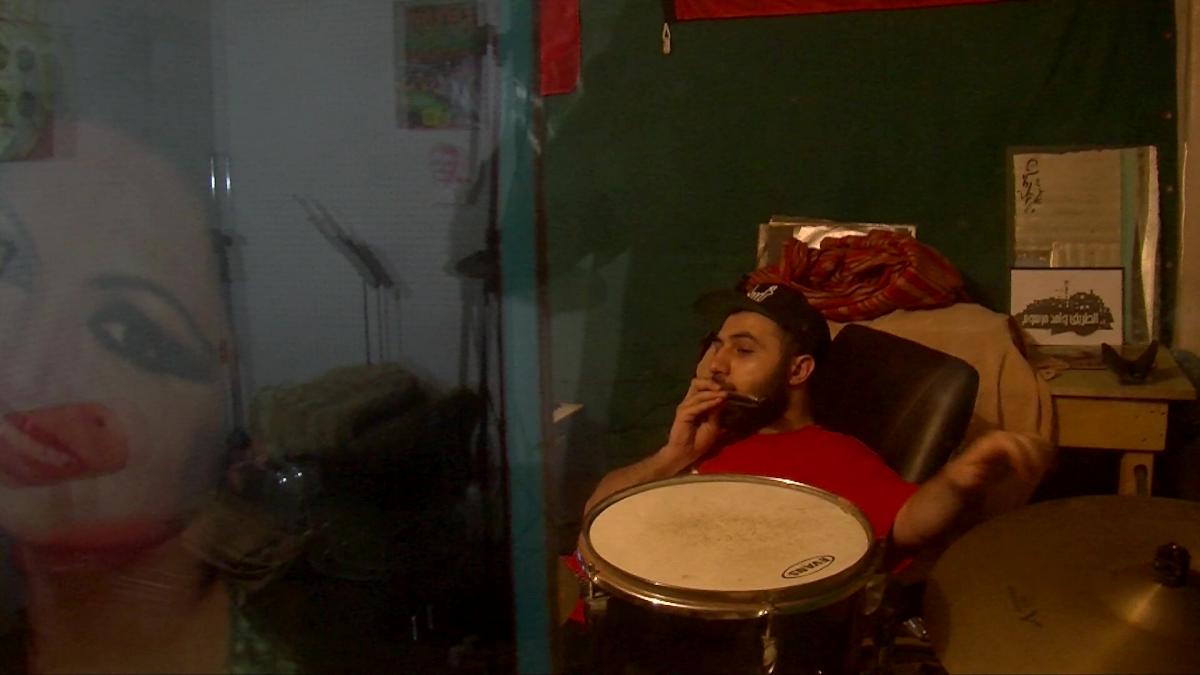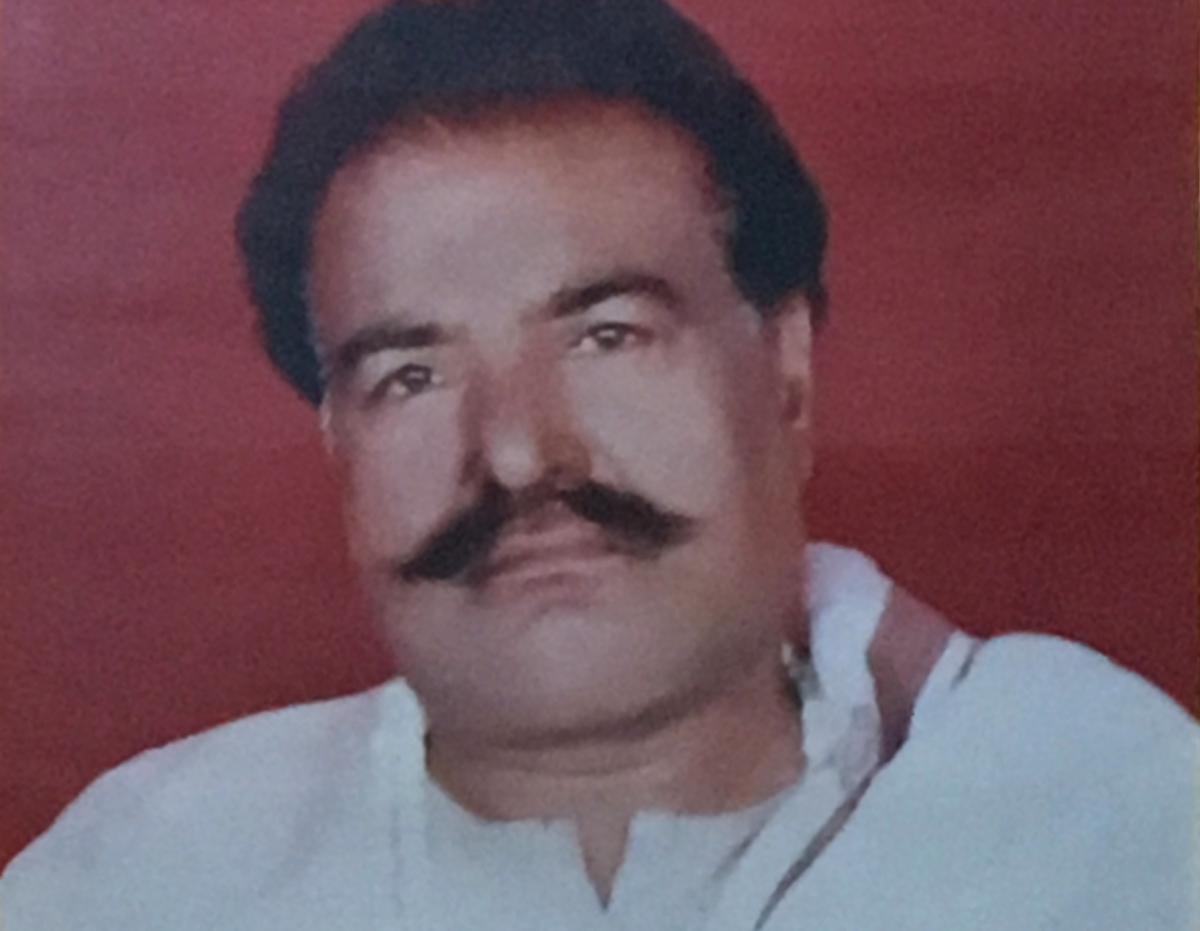
Recovering Sample Authorship: The Case of Sohan Lal
As digital samplers became more prominent during the 1990s, the «soundware» industry grew, providing sample libraries for music producers to use in their derivative works. South Asian sounds have long occupied a place in this market while being advertised as «world» sounds. In this article, ethnomusicologist Chris McGuinness discusses the case of Sohan Lal, a Punjabi singer whose voice ended up in such a sample library and was used in many popular songs. McGuinness shows how sampling aesthetics and Lal’s anonymity are intertwined, yet also a product of Indian musical lineages.
In 1997, British company Zero-G released Deepest India, a three-CD sample library of performances by Indian folk and classical musicians. Library owners are granted permission to use the samples to create new music without owing royalties to neither Zero-G nor the recording artists. While samples from Deepest India have contributed to many hip hop and electronic music songs, one sample in particular – that of the voice of Sohan Lal –, stands out, having been used for well-known songs spanning decades. Despite the wide reach of Lal’s voice, his identity remains largely unknown.
The Sample’s History
Lal’s voice first gained notoriety in India during 2004 when it was sampled for Shamur’s song «Let the Music Play». Lal’s rough folk voice was autotuned over up-tempo hip hop beats, and the song was embraced by Indian youths for its timely mixture of tradition and modernity. Yet, few knew that Shamur was not Indian, but rather an Italian group using royalty-free samples.
The story continued further: In 2014, electronic musician Axel Thesleff released the track «Bad Karma», which manipulates the pitch of Lal’s voice over synthesizers and beats in the style of the genre trap. «Bad Karma» garnered hundreds of millions of YouTube views, and Shamur’s representatives sent legal notice to Thesleff1 claiming ownership of the sample, only to find out that the voice belonged to a royalty-free library. Many listeners were also confused about the voice that they heard, and commented about plagiarism on different YouTube music videos sampling Lal, helping to spawn a web of controversy over authorship.
Sampling and Alterity
I applied the music identification service Shazam to the Deepest India CD to determine who claimed ownership of its audio fingerprints. I obtained different results when processing the same sample multiple times. I scraped YouTube comments, searching for the term «sampled», and collected more songs from different continents and genres (see Deewanis 2012 for a blog dedicated to the sample). I noticed that many of the songs used Lal’s voice for its non-discursive timbral qualities and sometimes for its potential to signify something seemingly «oriental». Sanjay Sharma (2005) identifies «sounds of alterity» as those sought for their geographical, temporal, and cultural otherness. Sampling enables alterity to be used for aesthetic forms by erasing origins and imagining otherness from the purview of one’s studio. Such emphasis on the interpretative potential of sampling is alluded to in the library’s liner notes:
Welcome to one of the most exquisite collections of samples ever created: Deepest India.
«The aim of Indian music is to create spiritual awakening in man...and its essence lies in its interpretation» – Sangeet Karyala, India.
Sampling: An Art of Appropriation?
Sampling may as well be an «art of appropriation», as Théberge (2004) writes, and questions about exploitation (Porcello 1991) and the autonomy of a work (Oswald 1985) arise when comparing how a sample originates with how it is used. Debates around Lal’s voice were more often about who used the voice sample rather than how the voice was used or who the singer was. It is because in these contexts, Lal’s voice existed as a form of commodified technology rather than as a live practitioner – as one sample among many which could have been selected. Théberge poignantly observes that the sample library industry is motivated to create products which have «relatively little to do with who produced the original sounds but everything to do with those who consume them» (Théberge 2004, 106). By purchasing samples, music producers become consumers – whose choices in sampling are self-expressive aesthetic practices.
Might Lal’s story be one of exploitation, resembling that of South African Solomon Linda’s 1939 «Mbube» (Coplan 2008), or The Winstons drummer Gregory Sylvester Coleman’s 1969 drum performance of «Amen Brother» (Harrison 2014)? Who is Sohan Lal and how might he have been affected by the proliferation of Deepest India?
Sohan Lal’s Heritage
Lal passed away in 2000, and it is unlikely he heard any songs which sampled his voice. Lal belonged to a lineage of musicians who learned kafi (a form of poetry used in Sufi singing traditions) from their forebears and transmitted knowledge to their children. During April 2019, I visited Jalandhar, Punjab to meet Lal’s descendants. I first visited the dargah (Sufi shrine) where Lal, his wife Bibi Nooran, and other relatives both lived and performed in dedication to the two Pirs (Saints) Ghous Pak and Lakh Datta.
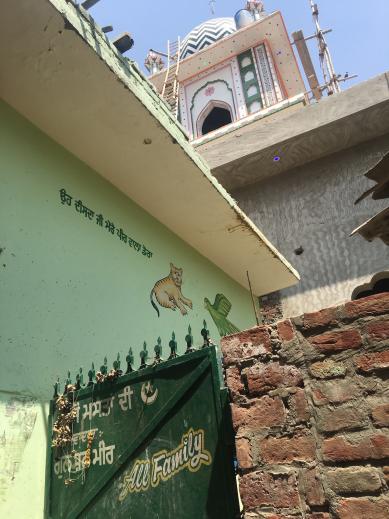
In a fortunate turn of events, Lal’s granddaughters, the Nooran Sisters, have become famous folk musicians, and they travel internationally to perform their family’s tradition on large stages (Ghosh 2014). Their success recently led to a project to renovate the dargah. The Nooran Sisters’ father (and Lal’s son), Gulshan Peer, invited me into their newly constructed home nearby.
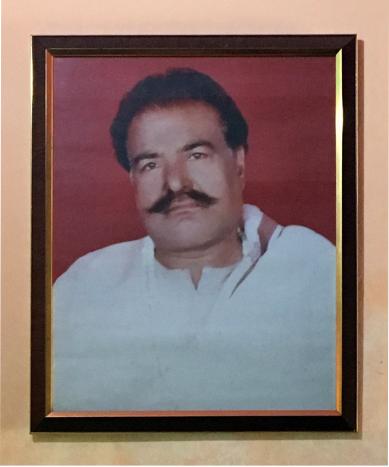
Gulshan and I sat on a sofa beneath the only remaining image of his father. He explained to me the family’s relationship with the Qadiri Sufi order, tracing their ancestry to the Sham Chaurasia gharana (musical lineage). Lal’s repertoire was drawn from a variety of sources – largely, older texts from highly influential Punjabi Sufi poets Bulleh Shah and Shah Hussain, as well as contemporary ones by poet R. P. Diwana.
Creativity Through Interauthorality
Frishkopf (2003) argues that in Sufi poetry, creativity is more about discovering extant, divine truths in the world than individual inventions of a composer. He uses «interauthorality» as a concept to describe how multiple poets often compose under a single figurehead. Lal and his family are vessels of such texts, whose authors are possibly anonymous and multiple. This system of collective authorship complicates the legality and aesthetics of authorship in sampling. While Lal’s family performs kafis to reproduce and re-experience extant meanings, commercial sample libraries presuppose that creativity is a process of transformation and recontextualization.
Gulshan explained that although the family is now well off, they faced economic hardships during his father’s lifetime. He told me that the only recording Lal probably ever made was when two foreigners had visited during the 1990s. Expressing little awareness of Deepest India, he claimed that his family was not compensated nor knew what the recordings were being used for. We listened to the samples and he immediately sang along, emotionally reconnecting with his father, whose voice he had been separated from for nearly two decades.
Sohan Lal’s Posthumous Agency
«In late capitalism, the dead are highly productive», write musicologists Stanyek and Piekut, who examine technologies dealing with the works of deceased musicians. Sohan Lal’s voice is productive, in part, because sample libraries such as Deepest India are commercial products intended for many users. However, it seems that Lal’s otherness provides a semantic distance that affords sampling practitioners an opportunity to manipulate the voice sample and express their own artistic identity. This is especially pronounced because Lal’s disembodied voice is reduced to a technological form. However, for Sufi performers, expression and meaning share a correspondence, and without the family’s lineage, Lal’s performance could not have been possible. With this in mind, it is hard not to think that Lal’s posthumous agency in sampling might have been overdetermined by his gharana’s repertoire and performing tradition, considering the success of his grandchildren.
- 1. This claim was made by Thesleff on his own Facebook page in 2015, see Thesleff 2015.
List of References
Special thanks to those who generously gave their time and energy for this project: Saurav for logistical support and helping me locate Lal's family in Punjab, Hannes Liechti for constructive comments and suggestions, and Gulshan Meer and Axel Thesleff for allowing me to interview them and for sharing their knowledge and experiences.
This article is part of Norient’s online publication Sampling Politics Today, published in 2020 as part of the research project «Glocal Sounds – Re-Working and Re-Coding Place References» (No. 162797), funded by the Swiss National Science Foundation (SNSF) and supported by the Bern University of the Arts HKB.
Bibliographic Record: McGuinness, Chris 2020. «Recovering Sample Authorship: The Case of Sohan Lal». In Sampling Politics Today, edited by Hannes Liechti, Thomas Burkhalter, and Philipp Rhensius, published online on Norient.com. DOI: 10.56513/nftg6449-12.
Biography
Published on September 24, 2020
Last updated on March 21, 2024
Topics
Sampling is political: about the use of chicken clucks or bomb sounds in current music.
From the political implications of human voice to its potential of un-making sense.
What happens when U.S.-blogger collects african music and offers it for free? What is the difference between «textually signaled» and «textually unsignaled»?
How did the internet change the power dynamic in global music? How does Egyptian hip hop attempt to articulate truth to power?
From westernized hip hop in Bhutan to the instrumentalization of «lusofonia» by Portuguese cultural politics.
Special
Snap
